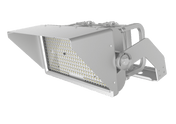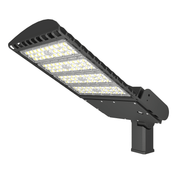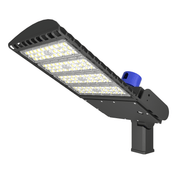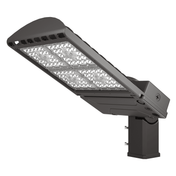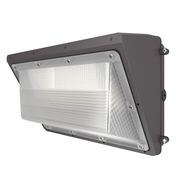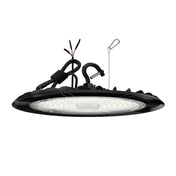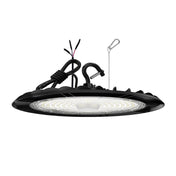Introduction
In 2024, the LED general lighting market was affected by the decline in demand in the three major markets of Europe, the United States and China, and the market value showed negative growth, and the revenue of the industry's leading lighting companies declined overall. However, the LED smart lighting and niche LED plant lighting markets showed a counter-trend growth trend. The LED general lighting market was mainly driven by the demand for renovation and replacement of LEDs in the stock market and the demand for improved LED high light quality, healthy and comfortable lighting and smart lighting products. The output value returned to positive growth. DALI dimming has always played an important role in smart lighting. It has been developed since the early 1990s and has been officially applied in the 21st century with its advantages such as flexibility, scalability, and energy efficiency. LED luminous efficiency) and easy maintenance. This article explains the basic concepts and working principles of DALI and its application in indoor and outdoor lighting.
What is DALI control?
DALI (Digital Addressable Lighting Interface) is an intelligent lighting digital communication protocol designed for lighting control. DALI is not a single product. It is an industry standard protocol that allows DALI-compliant components (ballasts, control systems, sensors, controllers, switches, etc.) from various manufacturers to be seamlessly mixed and matched into a complete system. DALI allows users to precisely control lamps through digital signals, including dimming, switching, scene setting, etc. The DALI protocol is open, flexible, and scalable. The DALI protocol is open, flexible, scalable, and widely used in modern intelligent lighting systems.
What is required for DALI dimming?
DALI dimming drivers are important actuator devices in DALI systems. LED drivers provide power to light sources and are usually connected directly to luminaires. They are also important devices that receive control commands from DALI dimming systems. Each DALI luminaire has a separate address (0-63) through which the controller communicates with the luminaire. Luminaires can be directly connected to the DALI bus without additional control lines. In addition to DALI dimming LED drivers (What is an LED driver and how do you choose it?), the DALI protocol supports different control device types, such as fluorescent ballasts, independent emergency lighting control devices, etc.
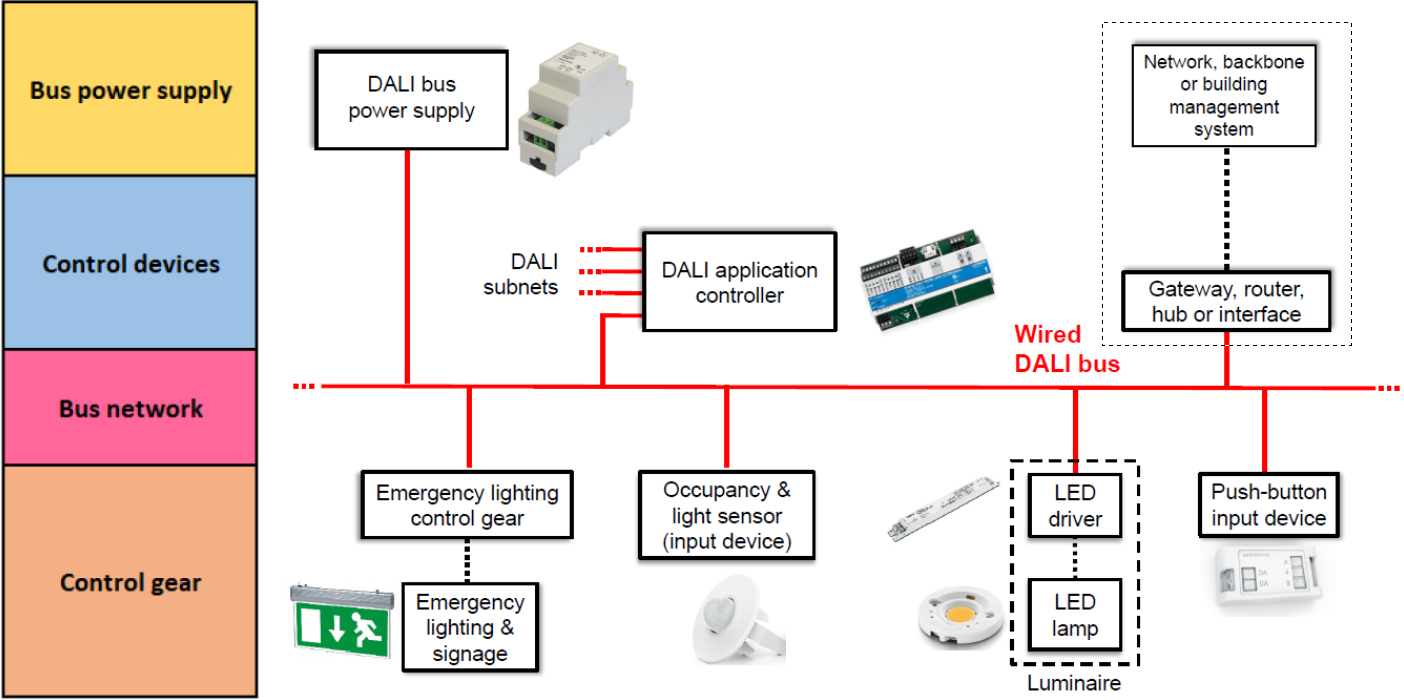
DALI Bus
DALI bus is a pair of wires, the core of DALI, which carries digital control signals between input devices (such as sensors), LED lamps, and application controllers. It carries digital control signals between input devices (such as sensors), LED lamps, and application controllers. It carries low-voltage signal lines, usually 2×1.5mm2, and a single DALI bus can connect up to 64 devices, including LED lamps, panels, sensors, etc.
DALI Power Supply
DALI power supply provides a 16V communication voltage for the DALI bus. The power supply module inputs 220V AC and outputs 16VDC to power the DALI bus. Its output current is <250mA. This component is always required in the DALI system. It can exist independently or be integrated into the application controller. It keeps the bus voltage at the required level. Communication signals allow devices on the DALI bus (such as controllers, sensors, and lamps) to communicate bidirectionally.
DALI Application Controller
The DALI controller is also called the application controller. It is the "brain" of the DALI system. They use information from control devices, input devices, other application controllers, external devices, and apply programmed rules to generate output signals to devices such as LED drivers. Application controllers also manage data traffic on the DALI bus, checking for conflicts and reissuing commands when necessary.
DALI input devices
The input devices of the DALI system include various sensors and devices that support user input. Sensors include light sensors, occupancy sensors (motion sensors and their applications in street lighting), etc., while the latter include various control panels, remote controls, scene controllers, etc. These devices can provide information from users and the environment to the DALI lighting control system. Finally, this information will be processed by the application controller and sent to the LED driver, which implements dimming, color adjustment, and scene call control in a 24-bit data frame.
Other devices in the DALI dimming system
With the above devices, the DALI system can operate normally. But when it is necessary to control through computers, mobile phones, web pages, etc., we also need some other supporting equipment, such as computers (software), DALI USB, gateways or cloud servers, etc. Through computers and mobile phones, we can realize functions such as address allocation, online monitoring, group settings, and scene control. The software system facilitates users to perform visual operations and control. In addition, with the help of the DALI controller with the built-in network, we can access the DALI host at any time through the mobile phone APP, view the working status of the system in real time, and control the devices in the system.
How does DALI dimming work?
Through the knowledge in the previous section, we understand the main parts of the entire DALI system, which include lamps, DALI power supplies, DALI buses, DALI sensors/control panels, DALI controllers, DALI gateways, and software systems. DALI lamps can come in many forms, such as spotlights, panel lights, ceiling lights, high bay lights (more about Hylele high bay lights), and outdoor lighting. These lamps can have built-in DALI dimming drivers or external ones (currently relatively rare). DALI lamps come in many forms, from spotlights, panel lights, camera lights, high bay lights, and outdoor lighting. These lamps can have built-in DALI dimming drivers or external ones (currently relatively rare). How do these components connect and communicate to ensure the normal operation of the entire DALI system? Next, we will start with the circuit diagram and the basic principles of the DALI system, and start to explain.
DALI System Wiring Diagram
The following figure is a basic wiring diagram of a DALI system. From the figure, we can see that a DALI system consists of an application controller (with bus power) (≥1), a DALI bus (1), an input device, an LED luminaire (more about HyLELE LED lighting luminaires) with a built-in DALI LED driver, and a computer. So how do they work? First, the bus power supplies the interfaces of all devices on the bus to ensure that they work properly. The control device (including the application controller and input device) sends query, dimming, and switch commands through the bus, and the LED luminaire receives these commands and executes them. For example, if we need the operating status of a certain luminaire, we can send a query command through the control device (application controller), and the LED luminaire will return status information including current brightness, fault information, etc. This is often a relatively simple single-master architecture, that is, there is only one control device. When the system has multiple control devices (for example, the light sensor detects that the ambient light is getting brighter and sends a dimming command, and the user sends a shutdown command through the application controller), the system adopts a multi-master architecture. At this time, the system needs to decide which command to execute based on priority or time slices to avoid conflicts.

Connection methods of different devices in DALI system
In DALI (Digital Addressable Lighting Interface) system, the connection method of devices (LED lamps and input devices) is crucial to the stability and functionality of the system. Series network, star network and combination network are all possible, while ring network and full connection network are not allowed in DALI system. Series network is relatively simple and material-saving, suitable for small systems. Since the DALI bus requires a length of no more than 300 meters, the entire system will be relatively small, and the failure of one device will affect the communication of subsequent devices, while the star connection sets a separate connection line for each device, and the application controller is connected to each device separately, so that the failure of one device will not affect the communication of other devices. The combination network is a combination of a series network and a star network, taking into account the cost and stability of the system, so the wiring is relatively complicated. The following is a schematic diagram of several connection methods.

DALI control of indoor lighting
DALI systems are widely used in indoor lighting, with common applications including offices, shopping malls, hotels, hospitals, schools, workshops (LED lighting for workshops and warehouses) and homes. The DALI system enables dimming, grouping and scene settings to enhance user experience and save energy. The system can also meet the personalized lighting needs of different areas, such as conference rooms, lounge areas, corridors and other specific spaces. When used in conjunction with various sensors (e.g., motion sensors, light sensors), the DALI system can automatically dim the lights to further improve energy efficiency. When used with various control panels, users can not only manually adjust the light brightness, but also centrally control all lights in a certain area, or control specific lights individually. When used with a remote control, users can achieve flexible remote control and quickly adjust the brightness and working mode of the lights by pressing a button. In addition, the DALI system simplifies the maintenance and management of lamps, such as fault detection and status monitoring.
DALI control in outdoor lighting
DALI systems are widely used in road lighting using the DALI dimming protocol. Common applications are the use of Zigbee and LoRAWAN wireless control systems in conjunction with LED lamps with DALI drivers. Users can send instructions to the gateway through the platform, and the gateway carries Zigbee or LoRa signals (two mainstream types) and transmits them to the light controller. The light controller converts the signal into a DALI signal and sends it to the LED driver, ultimately achieving dimming, switching, and status monitoring of the lamp. We often hear about 0/1-10V dimming. LED lamps equipped with DALI drivers can also use DALI dimming to control the on and off of LED lamps. The main difference between the two is that 1- 10V dimming uses an analog system, while DALI dimming uses a digital system. Because of this, in recent years, DIIA has launched the D4i standard, which is a continuation of DALI-2. The core of the D4i standard is to provide more data support and IoT (Internet of Things) integration functions for smart lighting systems (especially LED lamps). D4i, or DALI for IoT, also enables DALI to be built into smart, IoT-enabled luminaires. It provides data collection for energy consumption, temperature, faults, and light output for the entire system. D4i also simplifies the process of adding sensors and communication devices to luminaires, and when combined with connector systems such as Zhaga Books 18&20 or NEMA/ANSI C136.41 socket, D4i supports plug-and-play interoperability, making it easy to add a variety of sensors and communication devices to luminaires.
HYLELE Lighting Solutions
HYLELE is a professional manufacturer of various high-quality lamps, including street lights, high bay lights, floodlights, stadium lights (Hylele high pole lamp stadium lighting), gas station lights, etc. We are committed to providing customers with efficient, energy-saving, and intelligent lighting solutions. To meet the needs of modern intelligent lighting, we have equipped these lamps with advanced DALI drivers to ensure that the lamps can be seamlessly integrated into the smart lighting system. For example, LED industrial lamps can be equipped with drivers that comply with the DALI-2 standard, providing more precise dimming control and higher energy efficiency. Street lights can be equipped with D4i drivers + Zhaga sockets, which support remote control, data collection and monitoring functions, helping customers achieve more efficient energy management and maintenance. If you are interested in these products, please contact us.


